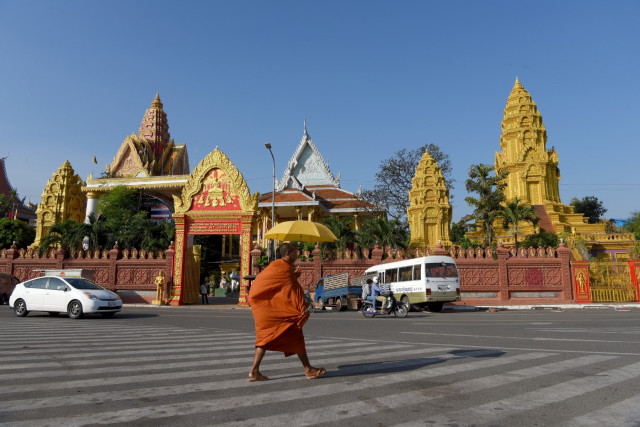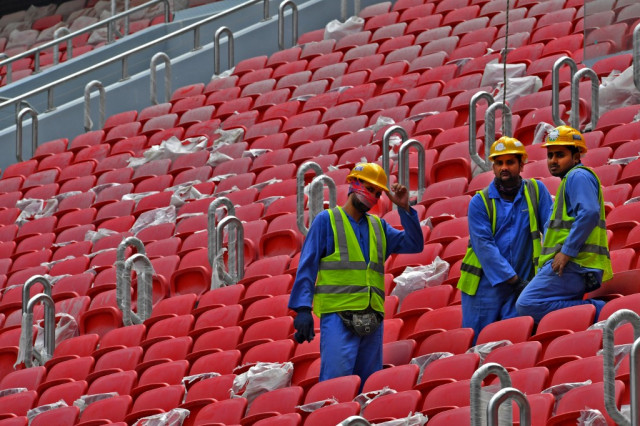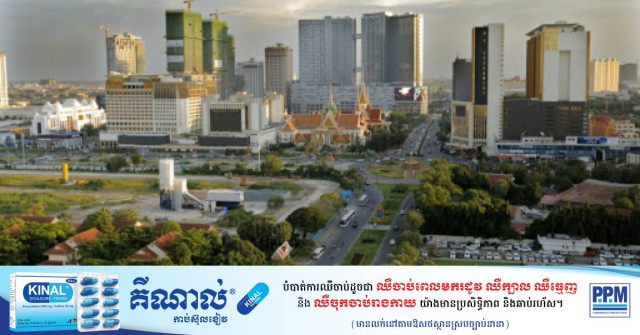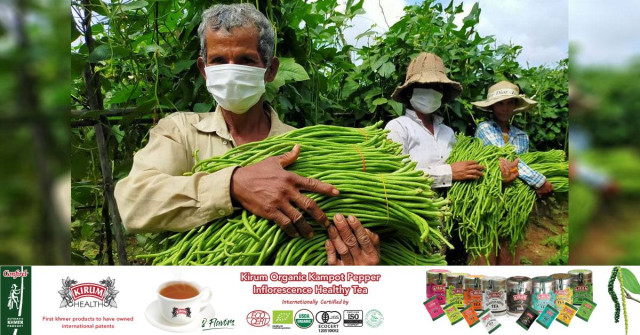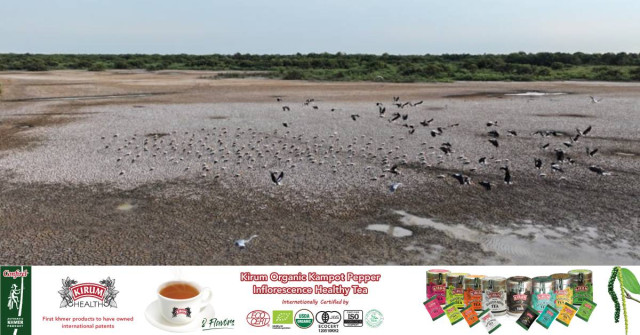Return to the Original Shelter - A Completed Life Cycle
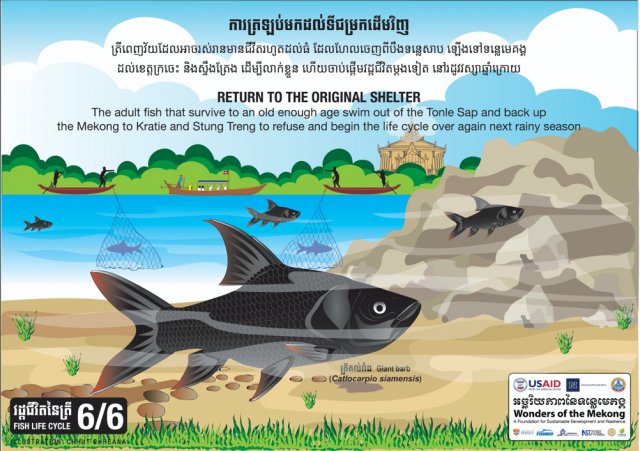
- Chhut Chheana /USAID Wonders of the Mekong
- August 11, 2020 8:35 AM
The adult fish that survive to an old enough age swim out of the Tonle Sap and back up the Mekong to Kratie and Stung Treng to seek refuge and begin this part of their life cycle over again next rainy season.
The Mekong River is the longest river in Southeast Asia and the 12th longest river in the world. The river, which stretches around 4,350 kilometers from Tibet, flows through China, Myanmar, Laos, Thailand, Cambodia, and Vietnam, is the seventh longest river in Asia, is home to many fish species, and is also a very important water source in Southeast Asia.
After going through countless obstacles, the giant barbs finally came to their original habitat in Kratie and Stung Treng provinces, which they left earlier in the rainy season. In the deep pools of the Mekong River, fish will hide during the dry season. This is their life cycle, which includes spawning and migrating during the rainy season, and returning back to their original habitats during the dry season. The giant barb is an endangered fish species that has been designated as a symbol of the Kingdom of Cambodia under Royal Decree No. NS / RKT / 0305/149 dated 21 March 2005.









